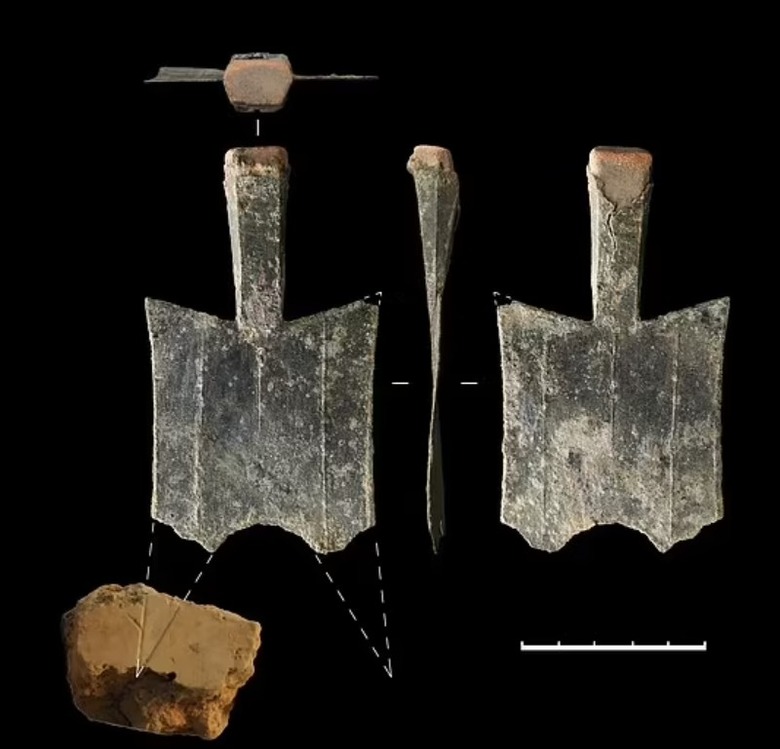2600-Year-Old Mint Discovered China
Archaeologists have been working in an area of the Henan Province in the eastern area of China. They have been excavating the remains of an ancient city called Guanzhuang, and they discovered the oldest-known coin mint in the world. At the site, shovel-shaped brass coins were mass-produced 2600 years ago.
Scientists on the project believe their discovery lends weight to the idea that China was the first place where coins were minted, not Turkey or Greece. Guanzhuang was a city surrounded by walls and a moat to keep it safe and was established in about 800 BC. The foundry inside the city was used for casting bronze items, including ritual vessels, weapons, and tools.
That foundry opened in 770 BC, according to archaeologists Hao Zhao. About 150 years after the foundry opened, workers there began minting coins outside the southern gate of the inner city. Archaeologists have been working at the ancient city site since 2011 and have uncovered workshops and hundreds of pits used for foundry waste. The minting of spade coins began at the location sometime between 640 BC and 550 BC.

The team used radiocarbon dating to determine when the minting operations began and noted that it would be no later than 550 BC. Past research is dated other ancient coins minted in Turkey to 630 BC at the earliest. The earliest known mint that produced Lydian coins was dated to between 575 BC and 550 BC. Dating of the other sites means that the Guanzhuang mint is currently the world's oldest known securely dated minting site.
While excavating Guanzhuang, archaeologists discovered two spade coins, which look like small versions of the gardening tool and dozens of clay molds used to produce them. One coin was in nearly perfect condition. It was just shy of 6-inches long and about 2.5-inches wide, weighing in at 27 grams. Archaeologists on the project note that it's rare to discover coins and the tools used to mint them. The discovery of both the tool and the coin is what allowed the scientists to date the site.
